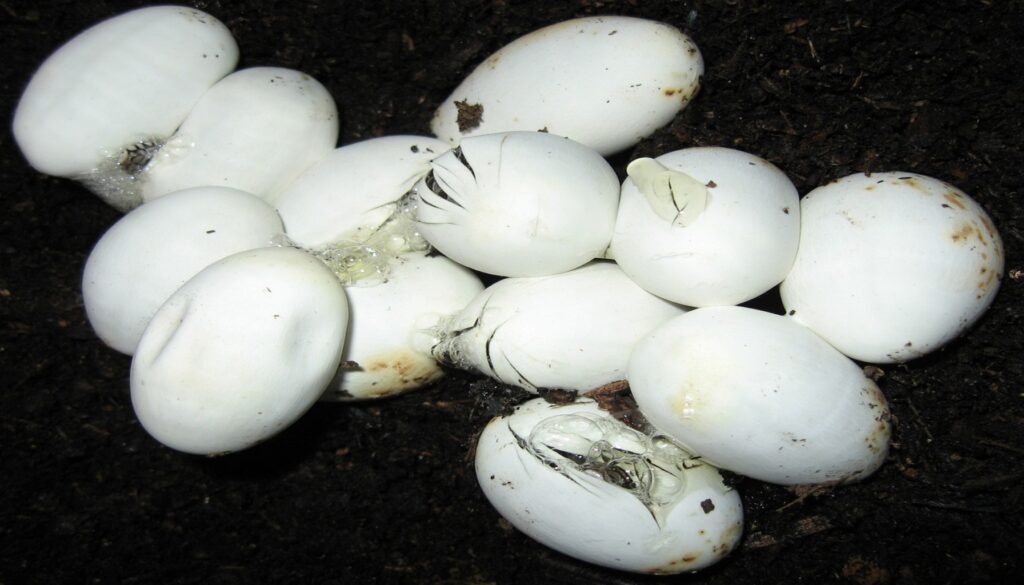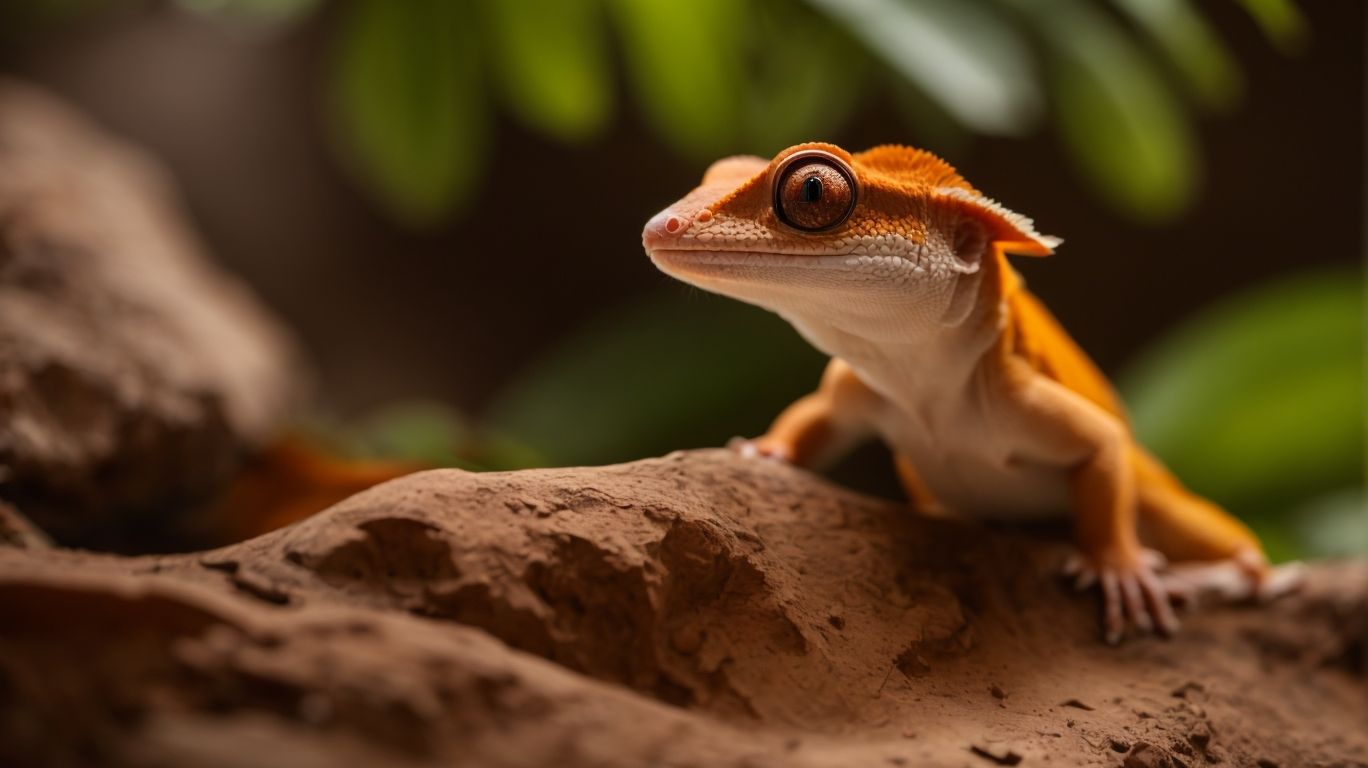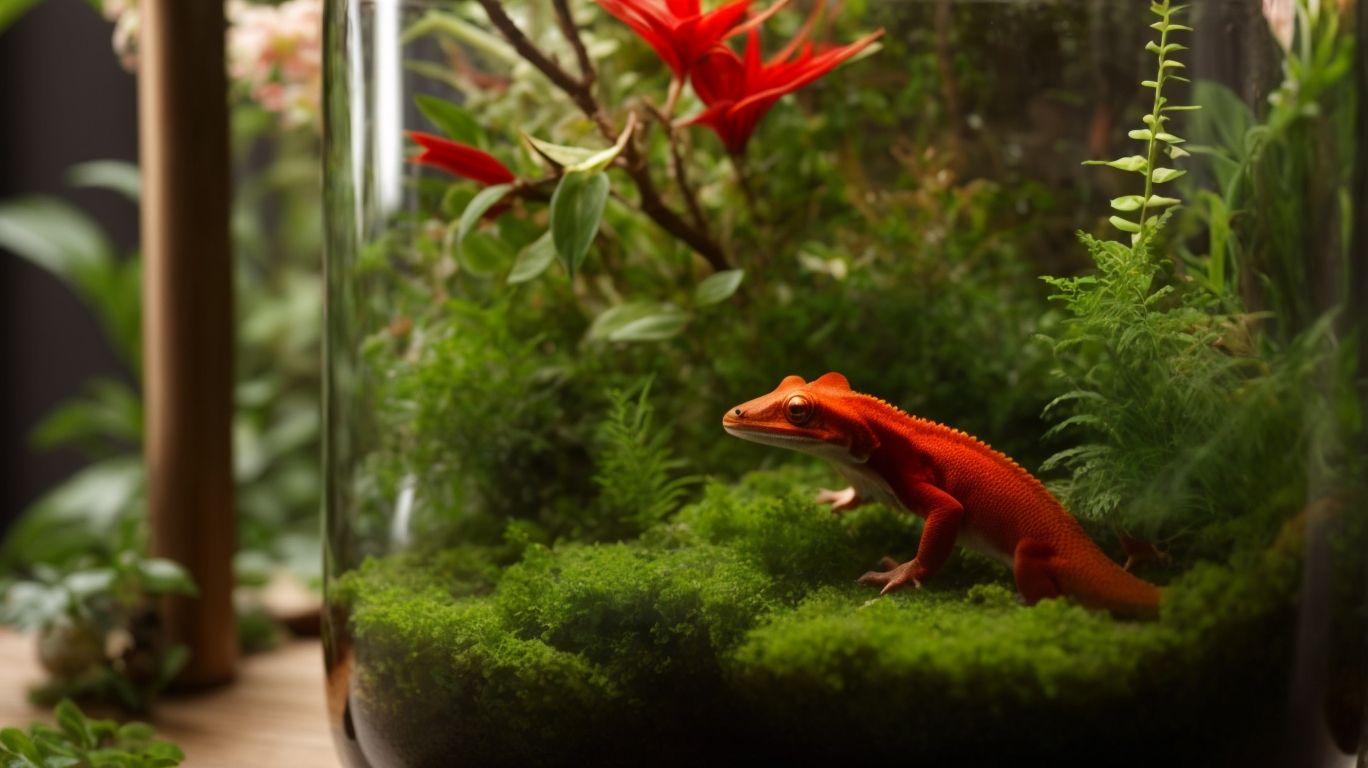
From Eggs to Baby Snakes: The Art of Breeding Ball Pythons
Table of Contents
Why Breed Ball Pythons?
Breeding ball pythons is a decision that many reptile enthusiasts make, and for good reason. There are several compelling reasons why one might choose to embark on this fascinating journey.
First and foremost, breeding ball pythons allows us to contribute to the conservation of this amazing species. Many ball python populations are facing threats in the wild, such as habitat loss and illegal collection. By breeding them in captivity, we can help ensure their long-term survival and prevent further declines in their numbers.
Additionally, breeding ball pythons can be a rewarding and educational experience. It allows us to witness firsthand the incredible process of reproduction and the development of new life. Watching the courtship rituals, the egg-laying, and the hatching of the baby snakes is nothing short of awe-inspiring.
Pre-Breeding Requirements for Ball Pythons
Before embarking on the exciting journey of breeding ball pythons, it is crucial to ensure that you meet all the pre-breeding requirements to provide the best possible care for your snakes and increase the chances of a successful breeding season.
It is essential to have healthy adult ball pythons that are in prime breeding condition. This means ensuring that they are of the appropriate age and weight. Female ball pythons should be at least 2-3 years old and weigh around 1500 grams or more, while males can be slightly younger and smaller. It is important to give them time to mature and reach their full reproductive potential before attempting to breed them.
Creating the perfect breeding environment is also crucial. This includes providing an adequately sized enclosure for your snakes, with plenty of hiding spots and appropriate temperature and humidity levels. Ball pythons require a warm basking area of around 88-92°F (31-33°C) and a cooler side of the enclosure around 80°F (27°C). Maintaining a humidity level of around 50-60% is also important to promote healthy shedding and reproductive health.
In addition to the physical requirements, it is important to ensure that your ball pythons are in optimal health. Regular veterinary check-ups, proper nutrition, and a balanced diet are essential to ensure the well-being of your snakes. Any signs of illness or parasites should be addressed promptly to avoid any complications during the breeding process.
The Breeding Process: Mating to Laying Eggs
Breeding ball pythons is an exciting and intricate process that begins with the crucial step of mating. The breeding process typically occurs during the winter months, as this mimics the dry season in their natural habitat. To initiate mating, it is important to introduce a male and female ball python in a controlled and supervised setting.
During the courtship phase, the male will engage in a series of elaborate movements and behaviors to entice the female. This can include coiling around her, vibrating his body, and rubbing against her. If the female is receptive, she will reciprocate by allowing the male to wrap his tail around hers in a behavior known as “coiling.”
Once the male successfully mates with the female, the next step is egg development and laying. After mating, the female will undergo a process known as follicular development. This involves the growth and maturation of follicles, which eventually become eggs. This development process takes approximately 30-60 days.
When the female is ready to lay her eggs, she will enter a pre-laying shed, which is characterized by increased activity and a change in behavior. It is important to provide a suitable egg-laying box or nest box during this time to ensure the safety and security of the eggs.
Once the female has laid her eggs, it is essential to carefully remove them from the enclosure and transfer them to an incubator. The eggs should be incubated at specific temperature and humidity levels to ensure proper development. This incubation period typically lasts around 50-60 days, during which time the embryos will develop and grow.
Incubating the Ball Python Eggs
Incubating the Ball Python Eggs is a critical stage in the breeding process that requires careful attention and precision. Once the female ball python has laid her eggs, it is crucial to provide the right conditions for their development and hatching.
To start, you will need an incubator specifically designed for reptile eggs. This will ensure that the temperature and humidity levels are regulated and controlled. It is important to set up the incubator before the eggs are laid so that it is ready for use.
Choosing a suitable substrate for the egg-laying box is essential for the successful incubation and hatching of ball python eggs. A good substrate prevents the eggs from sticking together and allows adequate airflow around them, reducing the chances of deformities. It also keeps the eggs moist and healthy by providing the right humidity level. Vermiculite is a common and effective substrate for ball python eggs, but some breeders also use perlite or a combination of both. The choice of substrate may vary depending on the breeder’s preference, experience, and availability of materials.
The ideal temperature for incubating ball python eggs is around 88-92°F (31-33°C). This temperature range promotes proper embryo development and ensures that the eggs hatch successfully. It is crucial to monitor the temperature closely throughout the incubation period and make adjustments as needed.
Humidity is also a critical factor in incubating ball python eggs. Aim for a humidity level of around 90-100% to provide the right amount of moisture for the eggs. This will prevent them from drying out and increase the chances of a successful hatch. It is important to monitor the humidity levels regularly and make any necessary adjustments to maintain the ideal environment.
During the incubation period, it is essential to handle the eggs with care. Avoid any sudden movements or jostling that could harm the developing embryos. It is also crucial to regularly check the eggs for any signs of mold or fungus, as these can be detrimental to their development.
From Eggs to Baby Snakes: The Hatching
Once the incubation period is complete, the anticipation reaches its peak as it’s finally time for the eggs to hatch and reveal the beautiful baby snakes inside. This moment is truly mesmirizing and is the culmination of all your hard work and dedication throughout the breeding process.
As the eggs begin to hatch, you’ll start to notice small cracks appearing on the surface. These cracks will gradually widen, and you may catch glimpses of the baby snakes wriggling inside. It’s important to resist the temptation to assist the hatchlings during this process. They are equipped with an egg tooth, a small pointed projection on their snout, which they will use to break free from their shell. This is an essential part of their development and strengthens their muscles.
As each baby snake emerges, they will be covered in a sticky membrane known as the egg sac. This sac contains vital nutrients that the hatchlings will absorb before shedding it off. It’s important not to disturb or handle the hatchlings until they have shed their egg sac and have had time to adjust to their new environment.
During this critical time, it’s crucial to provide a suitable and stress-free enclosure for the baby snakes. They will require smaller enclosures with appropriate temperature and humidity levels to ensure their well-being. Offering hiding spots and a water dish is also important to provide a sense of security and promote healthy growth.
Feeding the baby snakes can be a bit challenging at first, as they may not readily accept food. It’s important to offer appropriately sized prey items and be patient with them. Some hatchlings may take a few days or even weeks to start eating, but with time and persistence, they will eventually adjust to their new diet. Monitor their weight and consult a reptile veterinarian if you have any concerns.
Regular handling is also essential to ensure that the hatchlings become accustomed to human interaction. Gradually introduce handling sessions, starting with short periods and gradually increasing the duration. This will help them become more comfortable and less stressed during future handling.
Keeping a close eye on their health is crucial during this stage. Watch out for any signs of illness, such as loss of appetite, lethargy, or abnormal behaviors. If you notice anything concerning, seek advice from a reptile veterinarian to ensure timely treatment.
Turning Breeding into a Business
Breeding ball pythons is not only a passion for many reptile enthusiasts, but it can also be a lucrative business venture. If you have a knack for breeding and a love for these incredible creatures, turning your breeding hobby into a business can provide a rewarding and fulfilling career.
One of the main advantages of breeding ball pythons as a business is the high demand for these captivating pets. The popularity of ball pythons as pets has been steadily increasing in recent years, and their unique color patterns and docile nature make them highly sought after. This means there is a market waiting for you to provide quality and well-bred ball pythons.
As a breeder, you have the opportunity to create your own unique brand and stand out from the competition. By selectively breeding ball pythons with desirable traits and producing offspring with unique color combinations, you can establish yourself as a reputable and sought-after breeder in the industry.
In addition to selling ball pythons as pets, there are other avenues to explore when it comes to turning breeding into a business. You can offer breeding services to other reptile enthusiasts who are looking to breed their own ball pythons but lack the necessary knowledge or resources. This can be a profitable and fulfilling aspect of your business, as you can share your expertise and help others in their breeding endeavors.
Wrapping Up
Breeding ball pythons is a fascinating and intricate journey that allows us to witness the miracle of new life. From the courtship rituals to the hatching of the eggs, each stage of the breeding process is filled with wonder and excitement. Throughout this blog post, we have explored the art of breeding ball pythons, from the initial decision to breed to the post-hatching care of the baby snakes.
Breeding ball pythons offers numerous benefits, including contributing to conservation efforts, educational opportunities, and the potential for financial gain. By meeting the pre-breeding requirements, such as ensuring the health and optimal conditions for the snakes, we can set the stage for a successful breeding season.
The mating process and egg-laying are crucial stages in the breeding journey. Patience and observation are key as we allow the eggs to incubate and the baby snakes to develop. Incubating the eggs in the proper conditions is essential for their successful development and eventual hatching.
After the long wait, the hatching stage finally arrives, bringing the joyous moment of seeing the baby snakes emerge from their shells. This marks the beginning of the post-hatching care phase, where we must provide the appropriate environment, feeding, and handling for the hatchlings.
Through this exploration, we’ve gained a deeper understanding of the life cycle of these unique reptiles and the dedication it requires to facilitate their reproduction successfully. The process, although challenging at times, is ultimately rewarding for the beautiful new life it produces.
Related Posts

Incubating Crested Gecko Eggs: Essential Techniques and Tips
Crested geckos are fascinating reptiles that are known for their…

Red Crested Gecko Health: Common Issues and Preventive Care
Are you a proud owner of a red crested gecko?…

Creating the Ideal Environment for Your Red Crested Gecko
Do you own a red crested gecko or are you…

No Comments